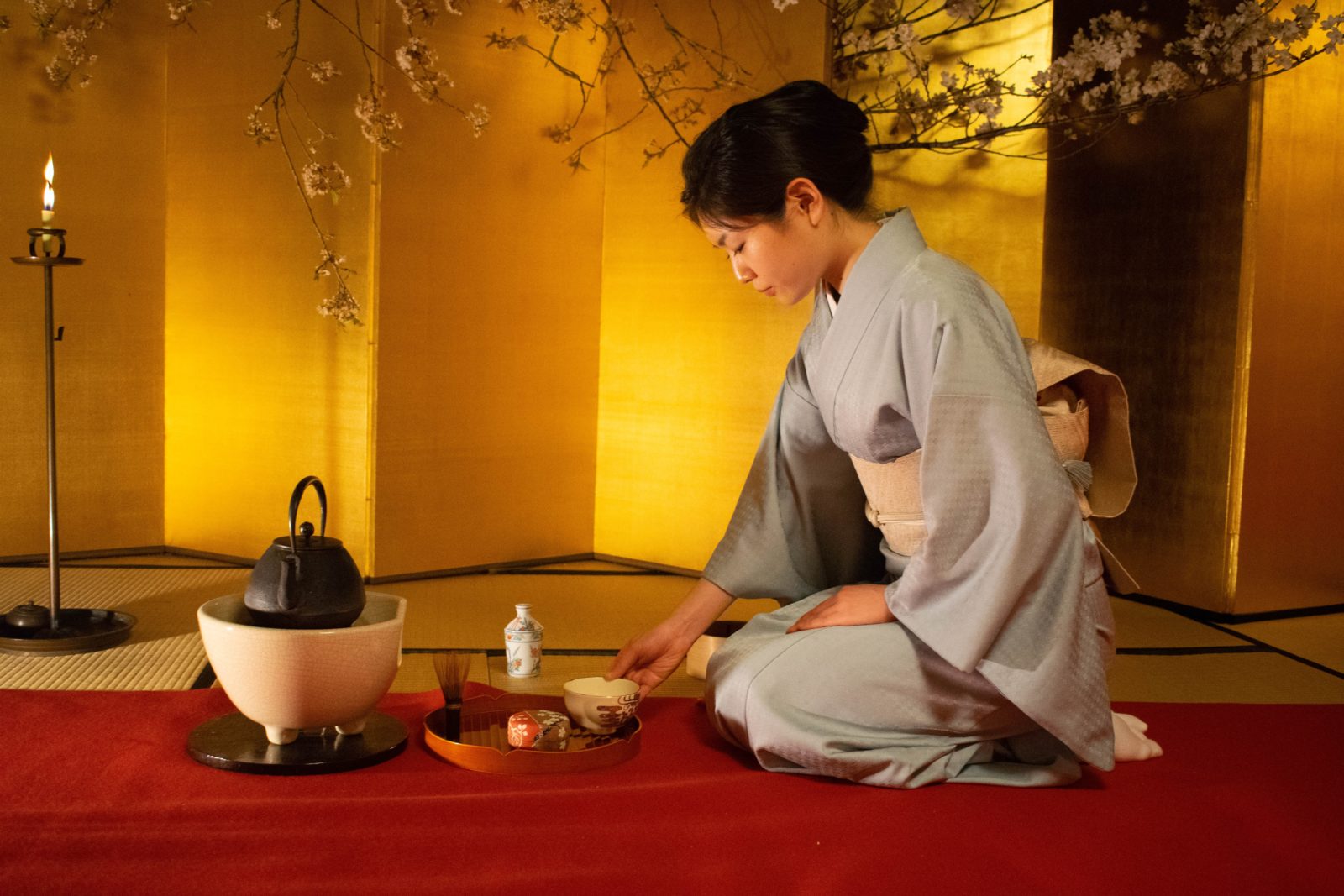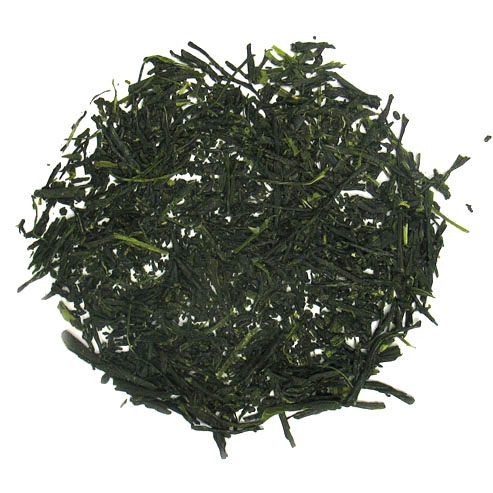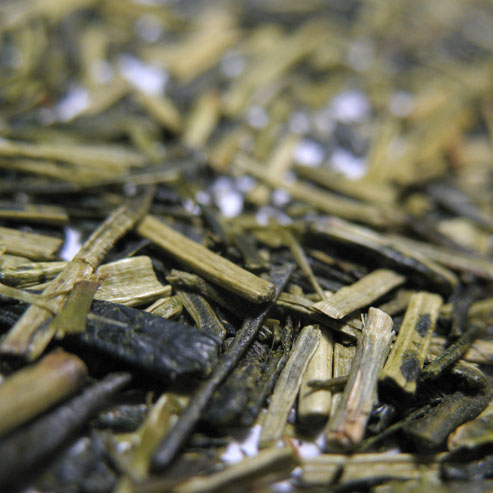From matcha to sencha to genmaicha and more, Japanese tea culture is rich and diverse
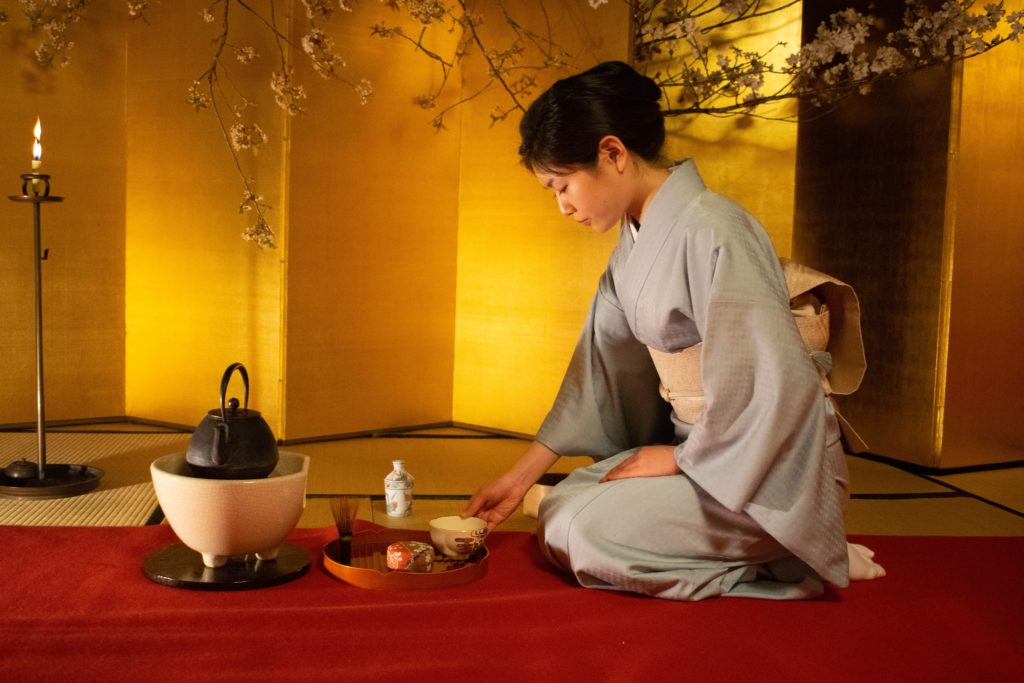
Tea in Japan is steeped in history, rooted in culture, and appreciated differently from how it is enjoyed in its birthplace, China.
The Japanese are most famous for matcha tea, the green powder that serves as the star of elaborate Japanese tea ceremonies. But there’s much more to Japanese tea than matcha, including tea’s important place in Japanese culture.
We are featuring Japanese teas during our Saturday tastings for the next two weeks. Please stop by, sample Japanese tea, and let us know what you think!
History of Japanese Tea
In the beginning, in the 700s, tea was a Chinese product imported by Japanese royalty. Who sipped it? No surprise — royalty and upper classes.
Tea pivoted from import to agricultural product during the 13th Century thanks to Eisai, the founder of Zen Buddhism. Eisai brought the first tea seeds from China to Kyoto. Tea so beguiled Eisai that he introduced it to Samurai culture, and wrote the island nation’s first treatise on tea, called Kissa Yojoki.
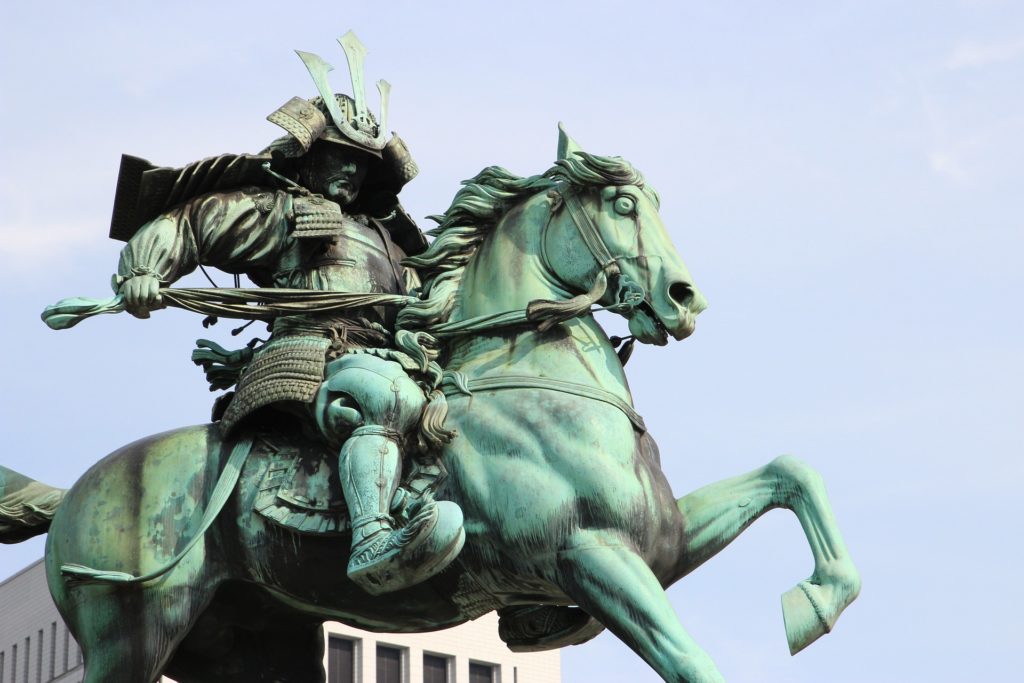
Among other things, he wrote: “Tea is the ultimate mental and medical remedy and has the ability to make one’s life more full and complete.”
Eight centuries later, we agree!
During the next three hundred years drinking and ceremony gradually evolved from something reserved for upper classes, to something for people across Japan.

Now, tea is an important part of Japanese culture. Vending machines offer huge selections. Enthusiasts become as obsessed with flavors and styles as wine geeks about fermented grape juice. In addition to its role in ceremonies and everyday sipping, matcha tea finds its way into lattes, pastries, candies and much more.
In Japan, tea is ubiquitous.
Japanese Tea Styles
Matcha is important. But Japanese tea culture embraces a wide variety of tea styles.
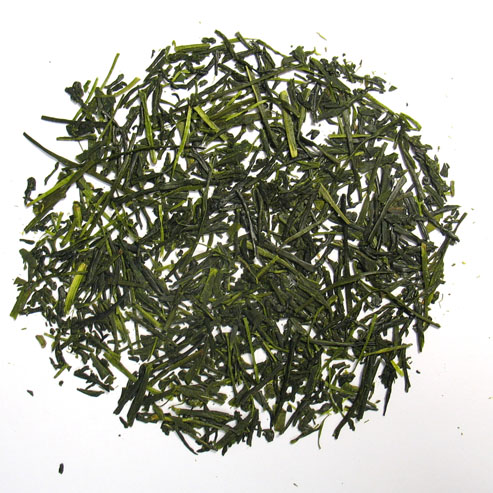
Matcha is famous worldwide. But sencha is the most common style of tea in Japan. Sencha is green tea that is steamed to prevent oxidation of tea leaves. It is delicate, simultaneously sweet and bitter, and smells grassy and slightly floral.
It’s vivid green, powdered and makes any latte Instagram-worthy. But before matcha became a pop culture phenomenon, it was something quickly brewed and sipped by millions of people across Japan.
The key differences between matcha and other green teas revolves around the farming, the production methods and the preparation.
Most green teas mature in fields, under the sun, and are picked when ready. But for tea to be matcha, it is covered in shade for the final three to four weeks of growing, leading right up to the harvest. The shade increases more theanine, an amino acid that gives matcha its distinct sweet flavor. And it boost the caffeine, too.
After harvest, those green leaves are ground to a powder. It looks like some sort of flour made from emeralds. Finally, the traditional preparation method involves a whisk. Hot water gets poured into a cup with the powder, and it all gets whisked together.
The classic Japanese tea ceremony revolves around matcha, championing the steps involved as a spiritual practice.
Some matcha is made for everyday drinking, as well as for baking and other culinary uses. Ceremonial-grade matcha is the most revered, and reserved for ceremonies.
All matcha is championed for its health benefits, which stem from its high quantity of antioxidants and theanine.
As in China, tea quality ranges from simple and meant for sipping across the week, to rarefied and meant for special occasions.
Gyokuro, which means “jade dew” in Japanese, falls into the special-occasion category. Harvested from the first flush of the leaf and carefully processed, gyokuro is mild and sweet. Like matcha, gyokuro undergoes weeks of growing under shade prior to harvest. The procedure boosts the tea’s theanine, which helps boost the sweetness.
Bancha is Japan’s simplest green tea. But that doesn’t mean it’s just so-so. People across Japan drink bancha every day – and often, all day. Bancha comes from the second harvest of sencha. It’s very similar to sencha, just a lower grade.
Traditional roasted kukicha is made entirely from the stems and branches of the tea plant. The result? A tea that is low in caffeine that offers a pleasant, roasted-nut flavor. It also aids in digestion and relaxation. Green kukicha also involves stems and branches, but it includes leaves as well. And it’s not roasted. Green kukicha is full of bright, grassy flavor.
This is a unique Japanese tea. Leaves are harvest late in the season. They then are immediately steamed, dried and roasted. The resulting hojicha tea is rich, and wonderful paired with many Japanese foods. Unsurprisingly, you will likely find hojicha in Japanese restaurants.
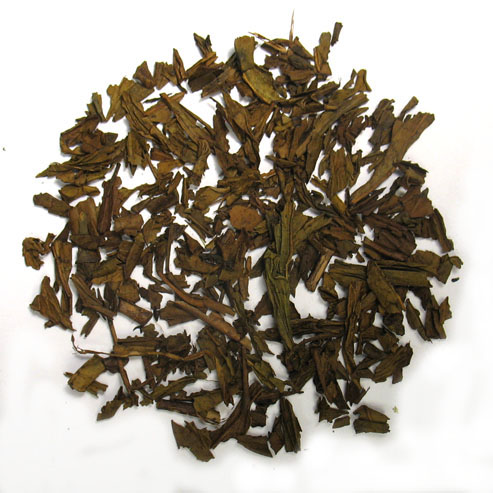
Get Hojicha Tea Delivered Right To Your Door
Making tea out of just stems and branches, in the style of kukicha, is unique to Japan. And so is the addition of toasted rice, as is found in genmaicha. The rice reduces the amount of caffeine in genmaicha. And the toasted rice adds a wallop of savory umami with every sip. This is a wonderful tea for savoring on a cold morning.
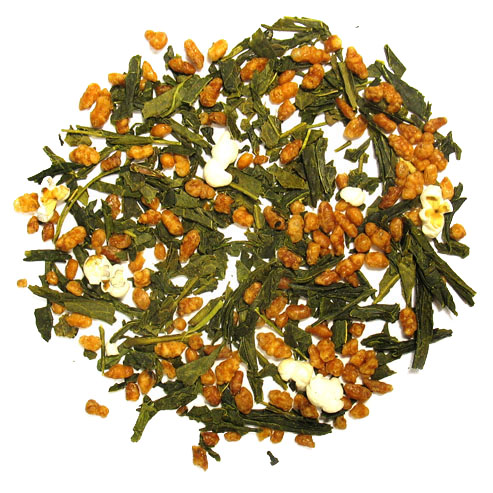
FAQ’s 2025
1. What makes Japanese tea different from other teas I drink?
Japanese teas like sencha, genmaicha, and matcha are usually steamed instead of pan-fired. This keeps the flavor bright, green, and full of umami instead of smoky. The focus is on nuance—aroma, color, and mouthfeel—so each cup feels more like a mindful tasting than a quick drink.
2. How should I drink Japanese tea respectfully if I’m new to the etiquette?
If you’re new, think “quiet appreciation,” not perfection. Pause to notice the color and aroma, hold the cup with both hands, take small sips, and acknowledge your host with a simple thank you or nod. In more formal settings, people may bow slightly and turn the bowl before sipping—but your intention and presence matter most.
3. How do I brew Japanese green tea at home so it doesn’t taste bitter?
Bitterness usually comes from water that is too hot or from steeping too long. Let boiled water cool slightly, use about a teaspoon of tea per cup, and steep for about one to two minutes. Your goal is a smooth, balanced cup—adjust time and leaf amount until you find your sweet spot.
4. Do I need any experience before joining a Japanese tea tasting at Ku Cha in Denver?
No experience at all. Ku Cha welcomes curious beginners and longtime tea lovers. Our staff guides you through flavor notes, simple etiquette, and brewing tips so you can relax, ask questions, and enjoy the experience without feeling intimidated.
5. What should I wear or bring to a Japanese tea–focused tasting or workshop?
Comfortable, casual clothing is perfect. You don’t need special attire or accessories. If you like to remember what you’ve tasted, you can bring a small notebook or use your phone to jot down which Japanese teas you connect with most.
6. Is Japanese tea a good fit for my mindfulness or slow-living practice?
Yes. Preparing and drinking Japanese tea naturally supports mindfulness: you measure the leaves, watch the water change color, breathe in the steam, and sip slowly. Turning even one cup a day into a small ritual can help you feel more grounded and less rushed.
7. Where can I experience Japanese tea culture in person around Denver?
Ku Cha House of Tea offers a calm, thoughtfully designed space to explore Japanese teas, learn about brewing, and enjoy guided tastings. It’s an easy way to experience a slice of Japanese tea culture without leaving Colorado.
8. How do I choose the right Japanese tea if I’m just getting started?
Start with how you want to feel. For a bright everyday cup, try sencha. For something cozy and evening-friendly, hojicha offers warm, roasted notes with lower caffeine. If you want a focused, ceremonial experience, matcha is ideal. At Ku Cha, you can share your preferences and our team will suggest a few Japanese teas to begin with.

